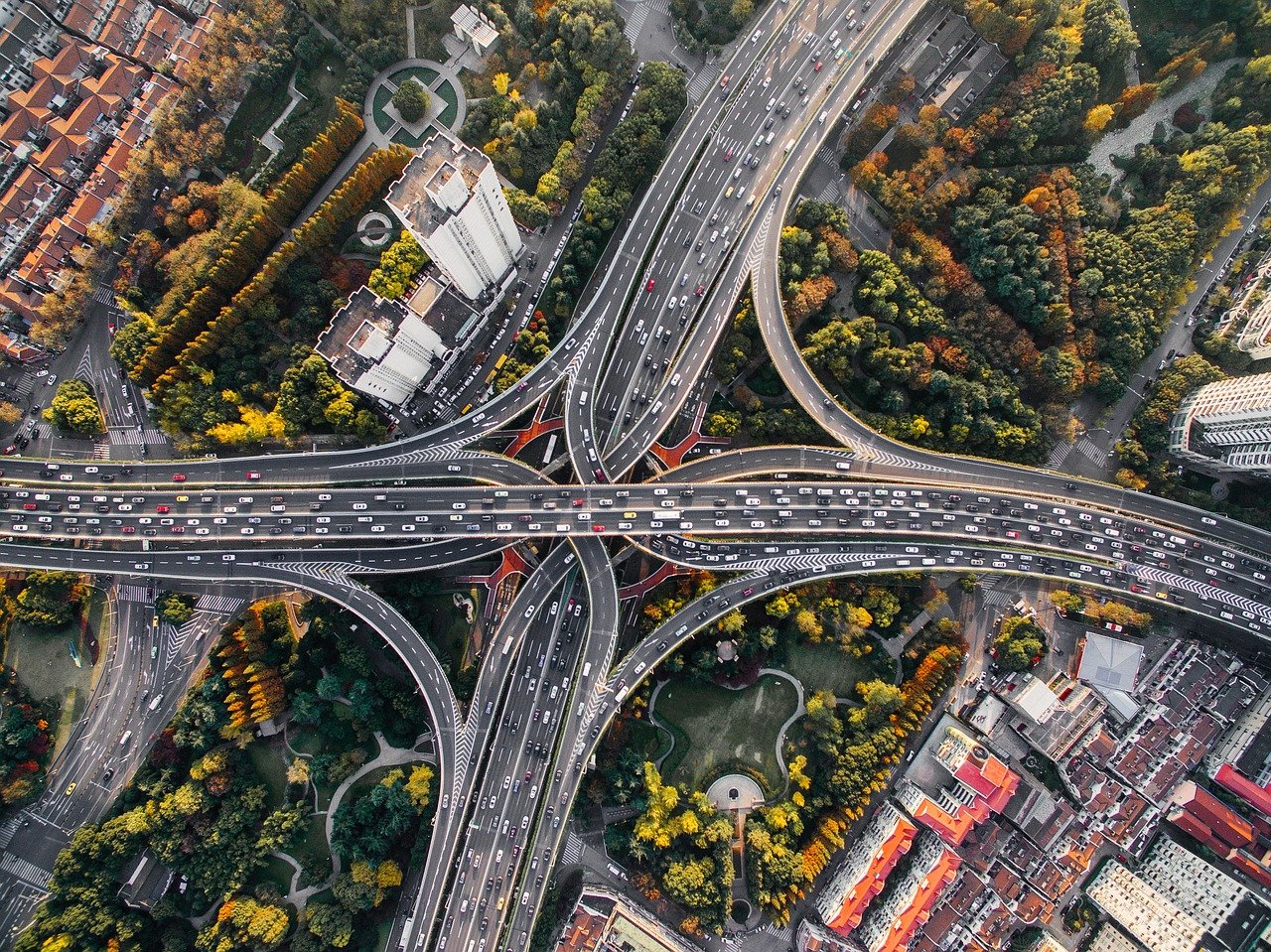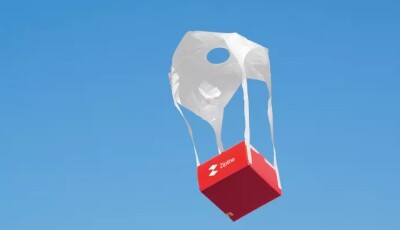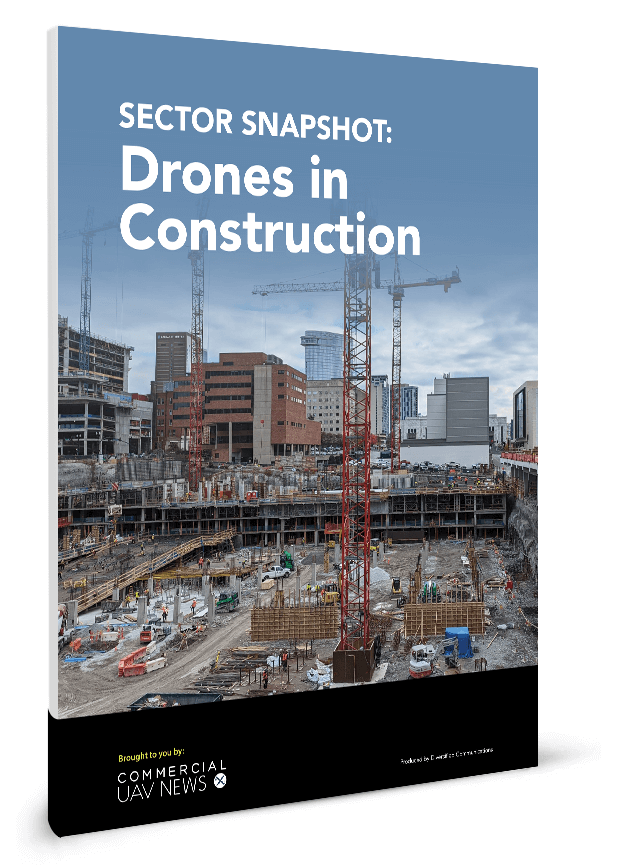For the past few years, we have been talking about two distinct industries when it comes to small and large drones. The reasons behind that are varied, but the way in which unmanned aerial vehicles (UAVs) and air taxis that define advanced air mobility (AAM) ecosystems can and will operate in the same airspace have been positioned as distinct. But is it right to stay focused on these differences rather than their similarities?
Let’s look at the facts: both new forms of aerial transportation are designed to operate without a human in the loop. The unmanned and autonomous element of both small drones and the significantly larger air taxis will not be using current air traffic control (ATC) infrastructure to fly from point A to point B. They’ll have to be equipped with technology that allows for autonomous flying, such as detect and avoid (DAA) and provisions for emergency landing in case of an encounter with fixed objects or manned aviation.
The other big area of convergence has to do with the relationship of this technology with the Federal Aviation Administration (FAA), especially when it comes to licensing and certification. After the release of Part 107 in 2016, UAV pilots operating small drones for commercial purposes finally had a path to becoming the pilot in command (PIC) without having to be onboard the vessel. In 2021, these privileges were extended to night flights and operations over people under special waivers.
Those developments are indicative of the progress that has been made on the small UAV side, as the FAA previously held small drones to the same standards as manned aircraft. Is it fair to require the same certification of a 55 lbs’ electric quadcopter as a Boeing 747? Obviously not, but certain minimum parameters need to be met for any aerial vehicle that could fall from the sky and damage property or harm people.
That regulatory progress has been essential but these parameters are not really a fit for the types of cargo and passenger aircraft that define AAM ecosystems. However, the rules that apply to manned aviation are quite restrictive, onerous and similarly not a great fit for these larger drones. These non-traditional aircraft can fly people and cargo using a variation of these rules for vehicles that will not be flying at 40,000 ft, speeds of hundreds of miles an hour and will not carry nearly as many passengers as commercial aircraft.
While the sizes and operators are different, both small UAVs and larger drone aircraft are dealing with the same challenges. The regulatory progress that has been made on the small UAV side will directly impact where things go with the larger aircraft. There will be very little difference between the two industries, except the type of cargo and the size of the vehicle. In the airspace of the future, there will be defined areas where small UAVs will perform certain tasks. Other spaces for larger cargo and passenger drones will be bigger and designed to support very different missions.
Drone deliveries are a perfect example of what these distinctions will look like. Small UAVs will deliver online shopping packages to your home, while large, unmanned cargo planes will bring tons of merchandise from ports to distribution centers without adding to ground traffic or polluting the environment. Both are performing drone deliveries, just in very different ways, for very different purposes. Companies are already collaborating in their respective areas of expertise to support this type of crossover for the technology and for operations.
One great example is the recent announcement of a cooperation between Parallel Flight Technologies and Lift Aircraft in which the former is using their hybrid powerplant expertise to help the latter increase flight time of their revolutionary manned multi-copter vehicle. Joshua Resnick, CEO of Parallel Flight Technology and Matt Chasen, CEO of Lift Aircraft are hosting a webinar on February 2nd in which they will explain to the general public the details of their collaboration and the technological challenges that it entails. It’s a hopeful sign that these two industries have a lot in common and the future looks more and more as one industry with various layers or areas of expertise.
After hearing Administrator Dickson express during the 2021 Commercial UAV Expo how optimistic he was about the future of unmanned aviation, it’s evident that the future of manned and unmanned aviation sharing controlled airspace is as inevitable as it is anticipated by stakeholders on every side of the drone industry.












Comments